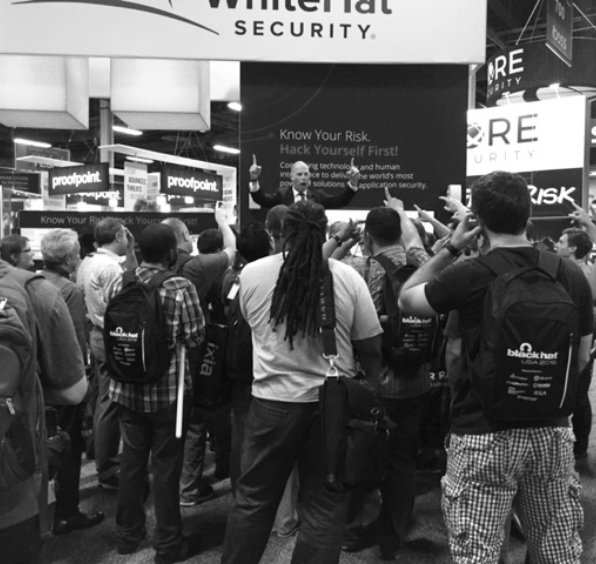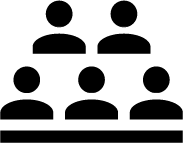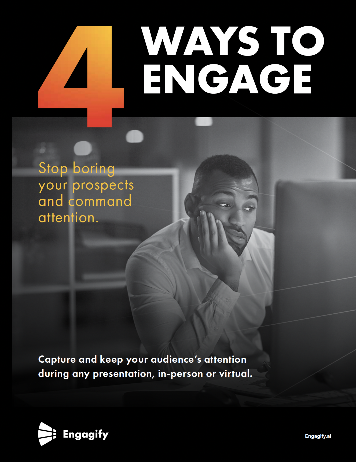You’re at the biggest tradeshow event. You meet Amy, a software engineer at a Fortune 500 company. She’s attending a trade show to learn about the latest cloud computing solutions.
You also meet Todd, a C-suite executive at a startup. He’s at the same trade show, looking for ways to streamline his company’s operations.
What do Amy and Todd have in common? At first glance, not much. But they’re both at the trade show for the same reason: to find solutions to their specific needs. And that’s where knowing your audience comes in.
To truly engage Amy and Todd, trade show exhibitors need to understand their unique motivations, pain points, and aspirations.
What are their biggest challenges? What are they hoping to achieve?
There are a few things you can do to understand your audience at a trade show, even when you’re already there:
1. Observe the Crowd
What are people wearing? What are they carrying? What are they talking about? Pay attention to these details to understand their demographics, interests, and pain points.
2. Scan the Exhibit Hall
What other booths are attracting attention? Who is visiting those booths? This can give you insights into what other exhibitors are doing well, and what you can do to stand out.
3. Talk to your Booth Staff
They’ve been interacting with attendees all day, so they’ll have a good sense of who’s interested in what.
4. Use a Lead Capture System
This will allow you to collect information from attendees, such as their name, job title, company, and email address. This information can be used to segment your leads and target them with personalized messaging.
5. Research the Event and Attendees
Do some research about the event and attendees a few months before the show starts. What is the theme of the trade show? What industries and job roles are represented? What are the attendees’ interests and pain points? This information can usually be found on the trade show website, social media pages, and past attendee lists.
Once you have a good understanding of your audience, you can tailor your trade show experience to meet their specific needs and interests. This will help you to attract more qualified leads and achieve your trade show goals.
Here are a few examples of how to tailor your trade show experience to your audience:
- Use targeted messaging. Speak the language of your audience and address their pain points. Highlight the benefits of your product or service in a way that resonates with them.
- Create engaging content. Develop demos, presentations, and case studies that are relevant to your audience’s needs and interests. Use interactive elements and technology to capture attention and foster engagement.
- Have knowledgeable staff. Your booth staff should be experts in your product or service and industry. They should be able to answer questions, address concerns, and provide personalized attention to each attendee.
- Follow up promptly. After the trade show, follow up with your leads promptly. This will help you to keep the momentum going and nurture your relationships.
By taking the time to understand your audience, you can deliver a more effective and engaging experience, which can increase your chances of success.




